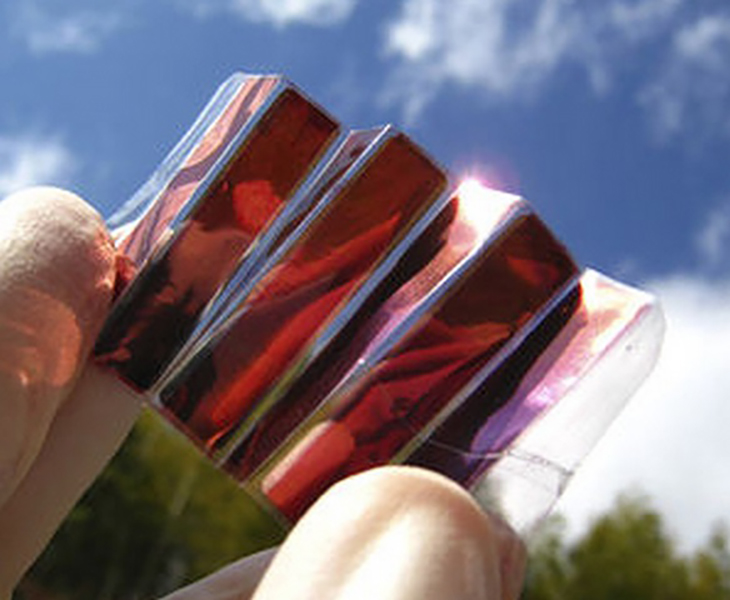
In another incredible feat towards sustainability and global growth, Korean researchers have recently created electrodes whose main design makes it available for use in all-organic solar cells by using low-cost zinc oxide but promises a major upgrade when it comes to photovoltaic energy.
While organic solar cells (OSCs) are expected to not only be flexible, light weight, and of a high conversion efficiency, most of these OSC electrodes also use indium tin oxide, which are considered highly expensive and fragile when it comes to the attempts at manufacturing large-area and flexible solar panels with OSCs.
Researchers explain that if indium tin oxide can be replaced, then the cells needed will not only be more cost-efficient, but they can also be made domestically as well. Even for advanced nations such as South Korea, the indium tin oxide production was incredibly unrealistic which is why these materials was imported from abroad.
As for organic solar cells, they actually contain a number of desirable features and massive commercial potential since they are malleable, light weight, flexible, and more importantly, they have a high power-conversion-efficiency of any kind of light, regardless of whether they’re natural or unnatural, direct or indirect, making them very ideal for a variety of applications.
As for Dr. Hongkyu Kang and Professor Kwanghee Lee, both from the Gwangju Institute of Science and Technology, recently developed a new method to produce OSCs using cheap zinc oxide, which is the very same active ingredient manufacturers use in non-chemical sunscreen. This helped overcome the problems that go hand-in-hand with cost issues and scalability, without having to compromise the high power-conversion-efficiency that is essential to organic solar cells.
They explain that most of these OSCs are made using the technique “spin coating,” which allows for high power conversion, however this process also makes for poor scalability.
Therefore, the team chose to map out the zinc oxide nanoparticle layer using a “blue coating” technique, quite similar to placing a screen protector on a phone. A small amount of liquid is placed continuously through a small opening, after which a blade-like tool is used to smooth it over the material being tested.
They also explained that by ‘creating a uniform bilayer on an ultrathin silver-film electrode, the OSC maintained its flexibility and high energy conversion from sunlight.’
According to Dr. Kang, “The ultrathin silver film electrode with [zinc] bilayer has the flexibility, wettability, and high surface energy of ITO but is not brittle or expensive. This makes it easier to use ZnO for manufacturing organic solar cells and developing a printing technology for large-area solar cell technology.”
The OSCs that were manufactured in this way showed to have an efficiency of 7.67% for a module area of 0.5 square feet. When compared to previous research, it makes it the most efficient large-area OSC.
One more advantage is that zinc happens to be a byproduct of a number of separate mining operations for such materials as copper, silver, and gold. This means that existing and established supply chains are already readily available for future OSC producers.
This research of Kang and Lee was part of an industry-university collaboration, which they transferred to a South Korean based electronics company named MSWAY Co., Ltd., which had become completely dependent on foreign imports since domestic production of such things as indium tin oxide didn’t really exist.
And with this new technology, Kang and Lee also expect that a value chain will be setup for the commercialization of OSCs with such companies that specialize in equipment and construction.
Professor Lee went on to say, “Our method opens doors to the commercial use of these OSCs, such as their integration into building walls and windows to realize self-sustaining buildings.”
What are your thoughts? Please comment below and share this news!
True Activist / Report a typo


